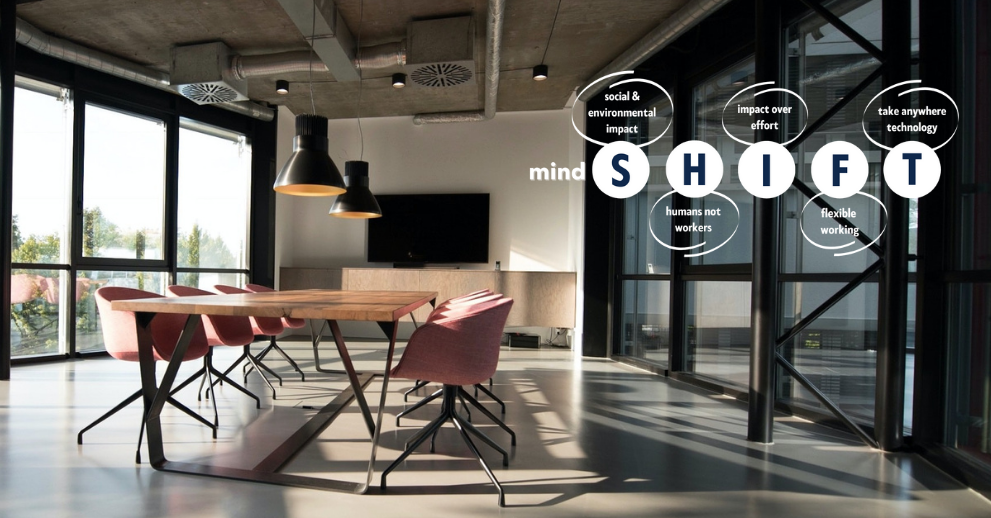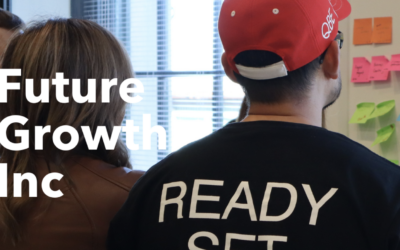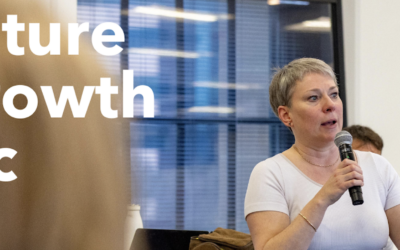2022 is nearly here. And as pandemic restrictions gradually lift, most of us are looking forward to the new year with anticipation of “getting back to normal”.
But we did that last year, too. Then came the Delta variant of Covid-19. And then look at what happened.
Now we don’t want to pour cold water on your ambitions for next year. We actually think 2022 is going to be way better than 2021. But we have to accept that after a couple of years of time in and out of the office, there are some things that probably won’t ever change. We’ve actually identified three disruptions to business as usual that we think are part of the mindSHIFT we discussed in our last post. And we think now is the best time to think about how to respond to these disruptions so that our ambitions for 2021 are both realistic and achievable.
In many ways, the underlying conditions requiring a mindSHIFT have been simmering for over a decade. But as with many ‘imperatives’, they do not become a priority until they generate impact. We are now only coming to grips with them, and now is the time to explore these ideas so they are accommodated in 2022 planning.
The three disruptions we see as heralding the mindSHIFT are:
- Digital transformation by stealth,
- Pandemic contraction,
- The great realignment.
Digital transformation by stealth
We all did it. We upgraded our home offices and tools just to be able to keep working. And most of us have got our home setup to a fairly good standard.
This has been a digital transformation by stealth. And it has meant that workers have had to do their own sourcing of equipment, their own repairs to faulty equipment, and to find their own workarounds when things haven’t worked as expected.
But now information technology teams are charged with reconciling the security and interconnectivity implications of these digital transformations that happened without going through any company planning cycle. For companies looking ahead to future IT infrastructure requirements, there are questions around how technology should be sourced across an entire organisation, and what the role of IT support will be.
Given the gradual move to cloud-based computing and document management and storage, as well as Software-as-a-Service (SaaS) tools over the last decade, the value of investing in company hardware as a method of maintaining parity of access and security of data is declining. Instead, businesses need to think about other ways of maintaining security as workers connect to those platforms and services, rather than being too concerned about the actual hardware and devices.
Pandemic contraction
We may be hopeful about this one. But we think the blanket lockdowns that have characterised the last couple of years are probably behind us. Even if infections rise again, we think the likely restrictions that are reimplemented are going to be focused on smaller groups rather than applying across the board.
But the issue with partial isolation orders is that you’re going to have some people in the office and some working from home, pretty much all the time.
And that requires a hybrid working strategy. Yes, sure, people working from home can dial into a meeting as they have been doing for 2 years. Everyone in the office can get on the same meetings as they’ve been doing previously.
But anyone who has met inside an office will tell you that if you’re proximate to someone in the same meeting, there are all sorts of sound issues and bandwidth issues associated with connection. And if everyone in the office joins the meeting from a single room, then the people working from home will have difficulties following who is speaking and perhaps difficulty hearing.
Then what about tools for connection between staff? Will you maintain the existing messaging apps you’ve been using for the past couple of years? How will you police people in the office using those tools to ensure those working from home can still feel part of the team and following decisioning?
Hybrid is much harder than all online and all in the office. Businesses are going to have to think carefully about what tools, protocols and policies they need to put in place to track conversations, maintain a sense of inclusion in meetings, and avoid any sense of difference between office workers, and workers from home.
The Great Realignment
So there’s a lot of talk about The Great Resignation. It does exist and it is real. Or at least, it’s real in the United States. Masses of people are leaving their jobs because they realise that the jobs they have had don’t suit their ambitions and the kind of lives they want to live.
But here in Australia, we think it’s going to be more of a Great Realignment than a Great Resignation. In Australia we have better worker protections than in the US and while wages have stagnated here, too, there are green shoots of hope for wage increases over the next year or two.
Even so we are likely to see a significant number of people changing their careers if companies do not accommodate flexible working, and the kind of meaningful work that people have come to appreciate during the pandemic. And that’s a risk for companies because a lot of intellectual assets are locked up in the heads of their workers. Lose workers and you lose a lot of the knowledge and ideas that may have driven sustainability and profitability over the course of the pandemic.
So the Realignment will be a matter of ensuring that companies do what they can to capture knowledge held among staff, and to make it available as portable learning. And we think that the practices and protocols of meetings, ideation, document development and communication will also need to be realigned.
Although gaining momentum for the last 10 years, these three disruptions came to full fruition during the COVID-19 pandemic. The need for businesses to shift and adapt to address them has become simply unavoidable.




